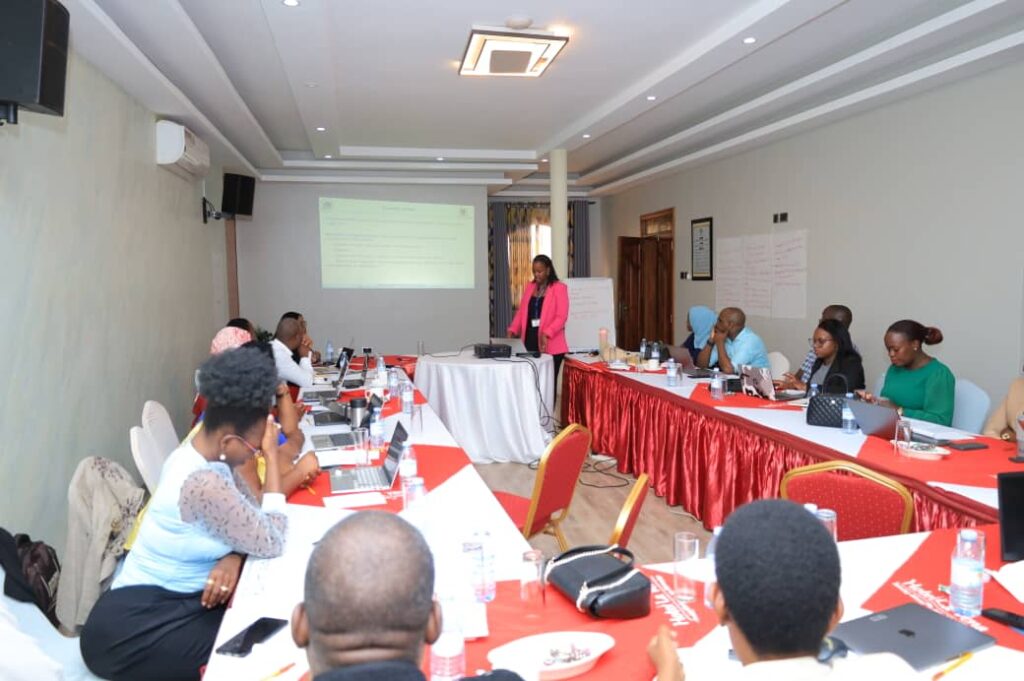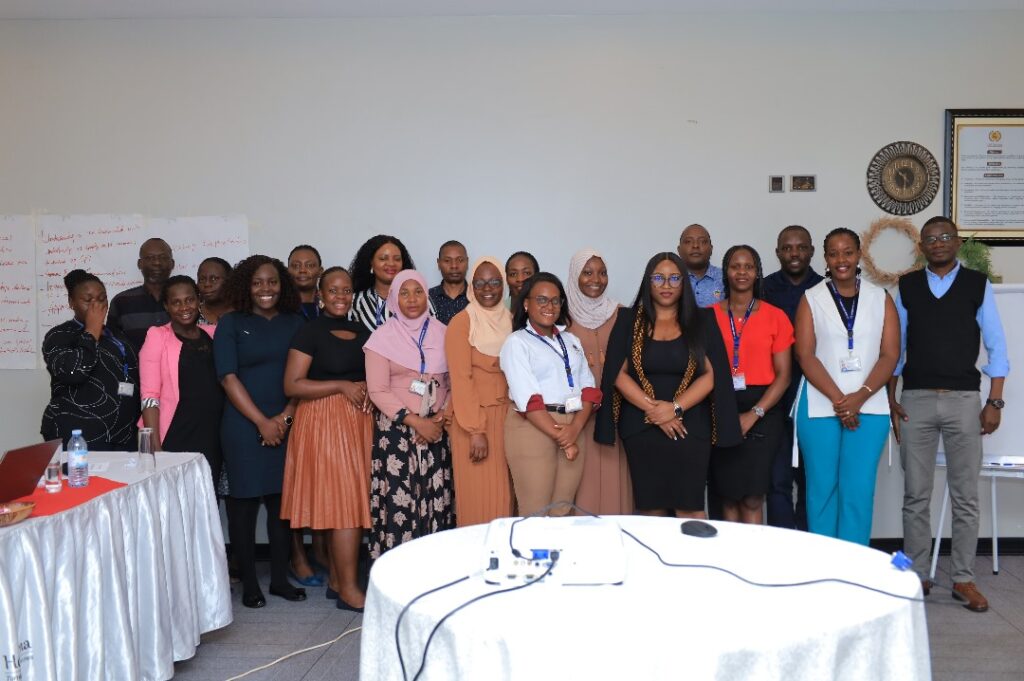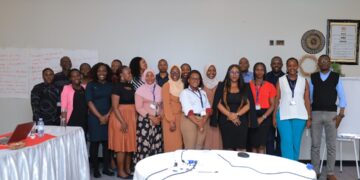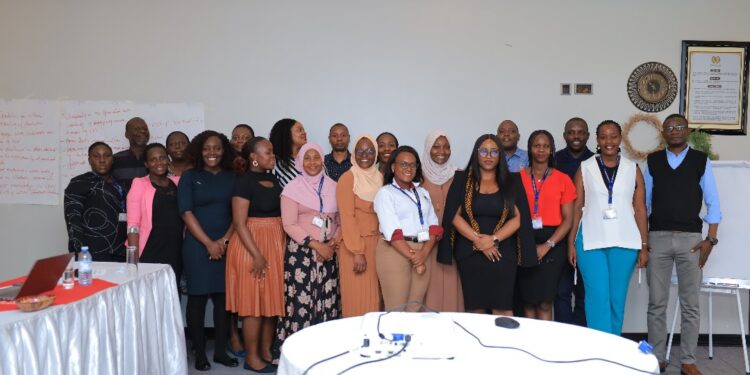The African Development Bank (AfDB) and the Uganda Bureau of Statistics (UBOS) have equipped journalists with skills to use Open Data Portals and effectively communicate statistics.
During the training held from 13-15th November 2024 at Hotel La Vena, Seguku in Wakiso district, Ivie Adidi, a Senior Programming and Policy Consultant, introduced the Africa Information Highway (AIH) — AfDB’s ambitious initiative that links all African countries through the Open Data Platform Initiative.
AIH is a mega network of live open data platforms (ODPs) electronically linking all African countries and 16 regional organisations. It was developed to ease data collection, management and dissemination.

“AIH aims to facilitate easy public access to official statistics, improve evidence-based decision-making, public accountability, policy formulation and overall good governance, improve data harmonisation/standardisation, thereby increasing data comparability and improve exchanges of data among organisations and countries,” said Adidi.
As part of the initiative, each country has a Data Portal (DP) and Open Data Portal (ODP) except Somalia, Libya, Eritrea and the Central African Republic (CAR).
The installation of the system began in January 2013 and the system is now available in all 54 African countries, 9 regional and sub-regional organisations, dozens of other institutions such as Central Banks and Ministries of Finance and other ministries involved in data dissemination in countries such as Senegal, Zambia and Tunisia.
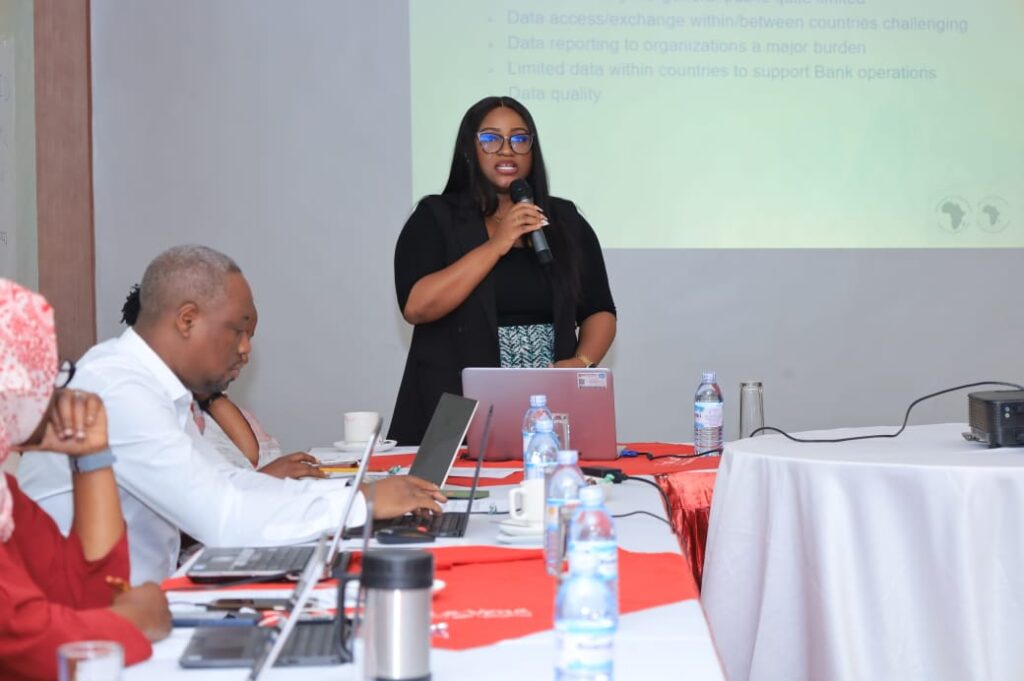
“Users can access a wide range of development data on African countries from official and unofficial sources and visualise indicators over a time period, gain access to presentation-ready dashboards and graphics, and perform comprehensive analysis on a country and regional level,” noted Adidi.
ODP as a data reporting tool
Ronald James Otyek, Senior Information and Technology Officer – Communication and Dissemination at UBOS, trained journalists on how to use the Open Data Portal (ODP) to generate infographics for their statistics-driven news stories.
He said ODP provides a unique opportunity to disseminate data through a common suite of tools that offers data access, download, and visualisation in the form of dashboards, reports, charts, etc.
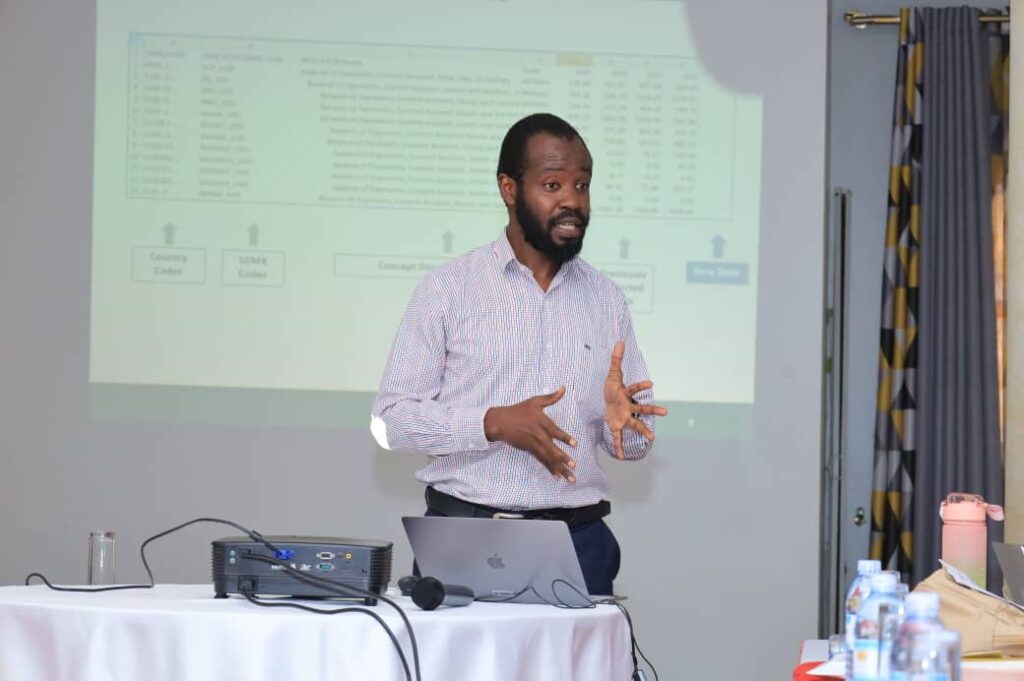
“It streamlines the data submission process to International & National Agencies, reduces the data reporting burden on National Institutions, offers data in machine-readable SDMX and adheres to Open Data Standards,” said Otyek.
He added: “It also allows the user to customize dataset structure before uploading, pre-detect possible dimensions from the uploaded file, configure dataset metadataandcustomise dataset metadata of your choice.”
Effective data communication
A skilled economist, Adidi also introduced journalists to the Hope Method, an effective approach for summarising and communicating data.

HOPE stands for HUMANISE (bringing data to life by building a narrative and telling a compelling story), ORGANISE (structuring data logically with visuals, charts, graphs and infographics), PLAN (setting goals and developing a plan) and EXECUTE (using the right channels and formats to reach the intended audience and create maximum impact).
“The HOPE Method helps to transform data from more than just numbers on a page to a powerful tool for informing decisions and affecting change,” she explained.
Generic Statistical Business Process Model
Judith Nansereko, Senior Statistician – UBOS Statistical Audit, explained the Generic Statistical Business Process Model (GSBPM), a structured framework used to describe the production of official statistics.

“It breaks down the process into a series of well-defined steps, from identifying the need for data to evaluating its use after dissemination.”
She said GSBPM is vital for standardising the process for the efficient production of statistics, ensuring transparency and consistency in statistical operations, helping institutions like UBOS enhance the quality and relevance of statistics and supporting best practices in the creation, analysis, and dissemination of official data.
GSBPM involves specifying the need, designing, building, and collecting, processing, analysing, disseminating and evaluating data.
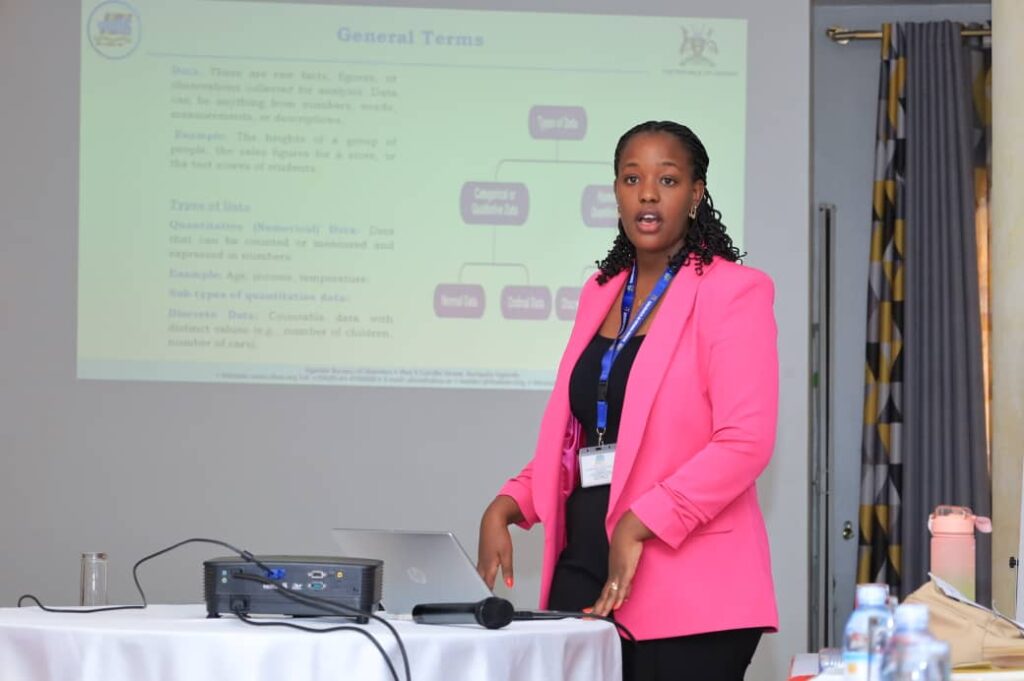
“Understanding the GSBPM enables data reporters to appreciate the meticulous steps taken by statistical organisations like UBOS to produce credible and useful statistics,” said Nansereko.
She added: “The work that goes into producing official statistics is comprehensive and ensures that data is credible and meaningful. Data reporters should leverage their understanding of the GSBPM to accurately report on statistics and the processes behind them.”

In 2012, AfDB launched AIH in response to a recommendation by the Africa Heads of State to urgently support countries to improve their data management and dissemination systems. Uganda is one of the 12 countries benefiting from and implementing the initiative of expanding the AIH.
In June 2023, AfDB in collaboration with UBOS conducted a training on the Open Data Portal during a technical assistance mission to provide training to participants on data uploading and maintenance on the Open Data Portal (ODP).
